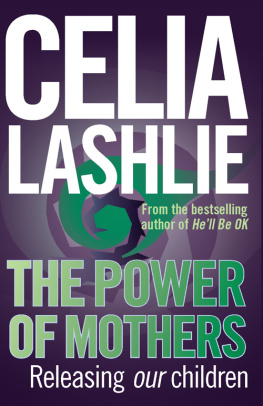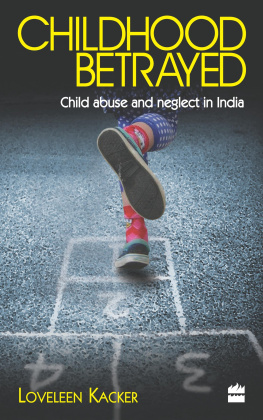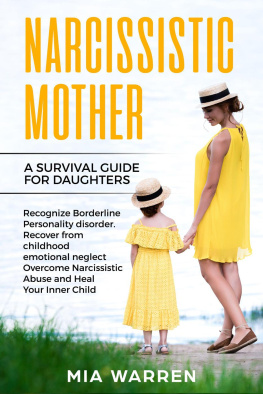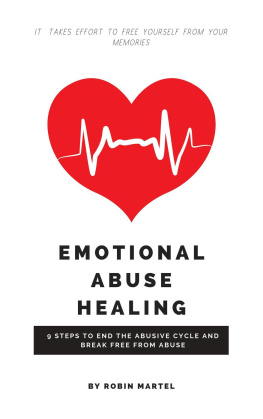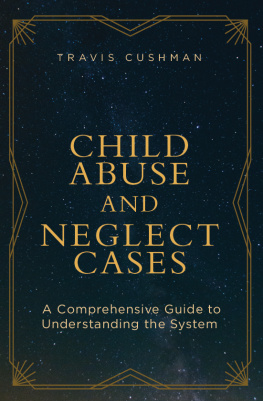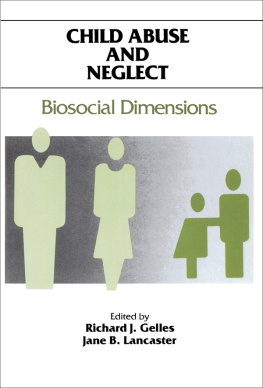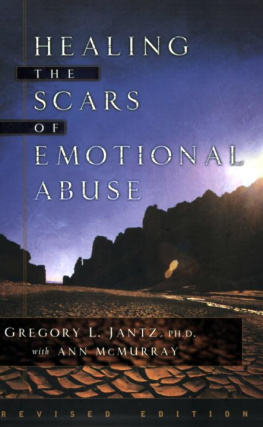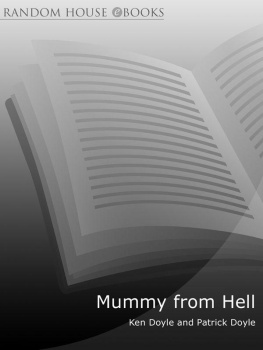SAGE has been part of the global academic community since 1965, supporting high quality research and learning that transforms society and our understanding of individuals, groups, and cultures. SAGE is the independent, innovative, natural home for authors, editors and societies who share our commitment and passion for the social sciences.
Find out more at: www.sagepublications.com

Celia Doyle and Charles Timms 2014
First published 2014
Apart from any fair dealing for the purposes of research or private study, or criticism or review, as permitted under the Copyright, Designs and Patents Act, 1988, this publication may be reproduced, stored or transmitted in any form, or by any means, only with the prior permission in writing of the publishers, or in the case of reprographic reproduction, in accordance with the terms of licences issued by the Copyright Licensing Agency. Enquiries concerning reproduction outside those terms should be sent to the publishers.
Library of Congress Control Number: 2013950721
British Library Cataloguing in Publication data
A catalogue record for this book is available from the British Library
ISBN 978-0-85702-230-1
ISBN 978-0-85702-231-8 (pbk)
SAGE Publications Ltd
1 Olivers Yard
55 City Road
London EC1Y 1SP
SAGE Publications Inc.
2455 Teller Road
Thousand Oaks, California 91320
SAGE Publications India Pvt Ltd
B 1/I 1 Mohan Cooperative Industrial Area
Mathura Road
New Delhi 110 044
SAGE Publications Asia-Pacific Pte Ltd
3 Church Street
#10-04 Samsung Hub
Singapore 049483
Editor: Kate Wharton
Editorial Assistant: Laura Walmsley
Production editor: Katie Forsythe
Copyeditor: Sarah Bury
Proofreader: Neil Sentance
Marketing manager: Tamara Navaratnam
Cover design: Jen Crisp
Typeset by: C&M Digitals (P) Ltd, Chennai, India
Printed in Great Britain by Henry Ling Limited at The Dorset Press, Dorchester, DT1 1HD
About the authors
Celia Doyle started her professional career as a social worker in a local authority childrens team but under the 1968 Seebohm Report reforms became generic. Subsequently, she focussed on psychiatric social work, then for over eleven years was a specialist in child protection employed by the NSPCC. After a break for family commitments, she acquired qualifications in psychology recognised by the British Psychological Society and became an independent play worker. Subsequently, while working as a senior lecturer in university settings she undertook research into the emotional abuse of children, which culminated in a doctoral thesis. She has published extensively in the field of child protection. She continues to research and lecture in child protection particularly in early childhood studies at the University of Northampton.
Celia Doyle is a Research Associate in child welfare at the University of Northampton.
Charles D Timms originally qualified in biomedical sciences at Southampton University where he developed an interest in the influence of very early experiences on later health outcomes and the Barker hypothesis. He undertook research into foetal malnutrition, then continued his investigations into the impact of childhood nutrition on health in later life at Swansea University. He also gained insights into the nature and effect of head injury and brain lesions, including those associated with substance misuse, while working at St Andrews Hospital in Northampton. He then turned his attention to the practical application of his studies and in order to qualify as a doctor, became a graduate-entry student studying medicine at St Georges, University of London.
Charles Timms is currently studying medicine at St Georges Medical School, University of London.
Acknowledgements
First, we would like to thank all those colleagues who have inspired us, notably Professor Doreta Iwaniec, with her profound insights into the emotional abuse of children, and former mentors Margaret Oates, David N. Jones and Maddy Collinge. Other inspirational colleagues include Gill Handley, Eunice Lumsden, Sally Romain, Sukhwinder Singh, Prospera Tedam and staff at the University of Northampton.
Definitions and the roots of oppression
This introductory chapter outlines some of the concepts and models which can assist in an understanding of neglect and emotional abuse.
Chapter overview
Terminology
Rationale
Cosmological model of childrens development
Defining neglect and emotional abuse
Roots of oppression and abuse
Carer behaviour constituting neglect and emotional abuse
Terminology
In much of the literature, commentators use various alternatives to the term emotional abuse and, as Navarre (1987) observed, in professional literature the terms psychological abuse, emotional abuse and mental cruelty have been used interchangeably (p. 45). Therefore, we include under the phrase emotional abuse all terms such as emotional, psychological or mental combined with a word indicating some form of mistreatment such as abuse, maltreatment, cruelty or neglect.
We have attempted throughout to refer to individuals with respect and to use terminology which recognises the worth and value of people, whether children or adults. However, we appreciate that terms which are currently acceptable might change and acquire connotations which are denigrating or discriminatory. We also know that different interest groups have alternative claims to terminology. Hague et al. (2011, p. 150), for example, assert that the term person with disabilities is regarded as poor practice in the UK and, instead, the term disabled person is used. Yet others prefer child/person with disabilities because such phraseology emphasises the individual first and the disability or impairment second (e.g. Costantino, 2010). We also prefer with disability rather than disabled person because we believe that any apparent physical deficiency depends on environment and context. Therefore we use the term with disabilities to refer to a state in a particular environment or context where aspects of the body have some functional limitation.
The word case is frequently used throughout the book. Unlike the use of case to describe a specific individual, it is employed as a synonym for instance. It is a convenient generic word to encompass a situation and might refer to an organisation, a family system or the name of a child. We know that some people object to the word case but trying to avoid it makes expressions far too unwieldy.
Clearly we cannot meet everyones claim to the proper use of terms, nor can we anticipate the unknown. Therefore, we ask readers to substitute their preferred terms for any that do not fit with their philosophy or culture, or ones that become, at some point in the future, unacceptable.








